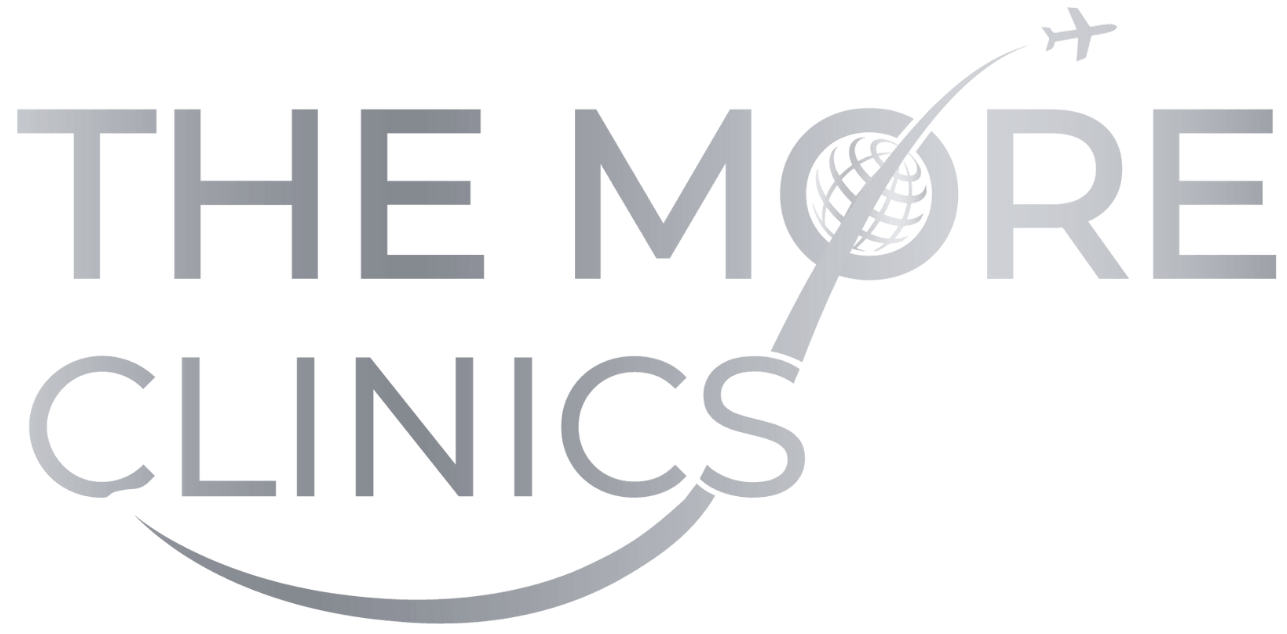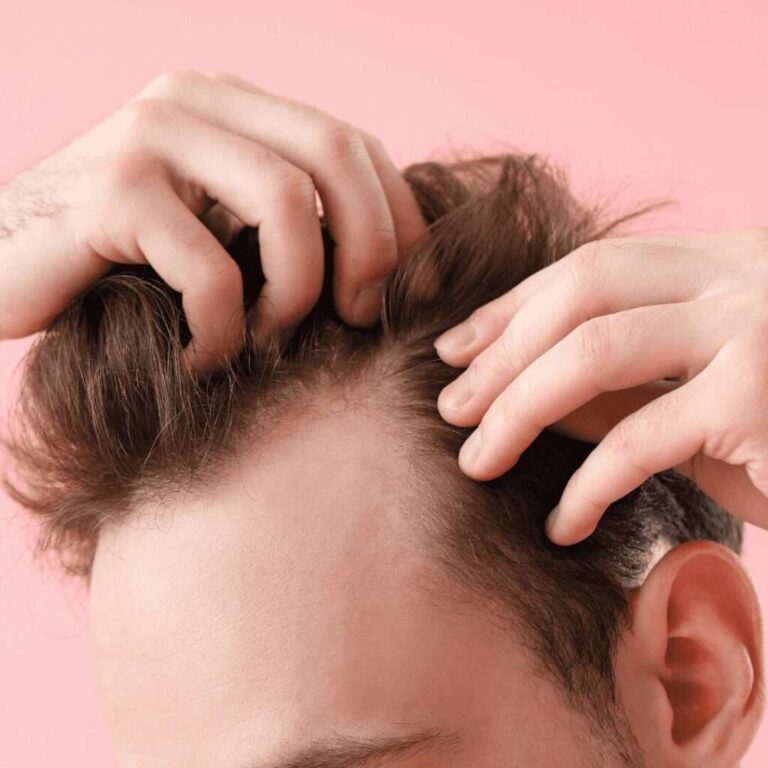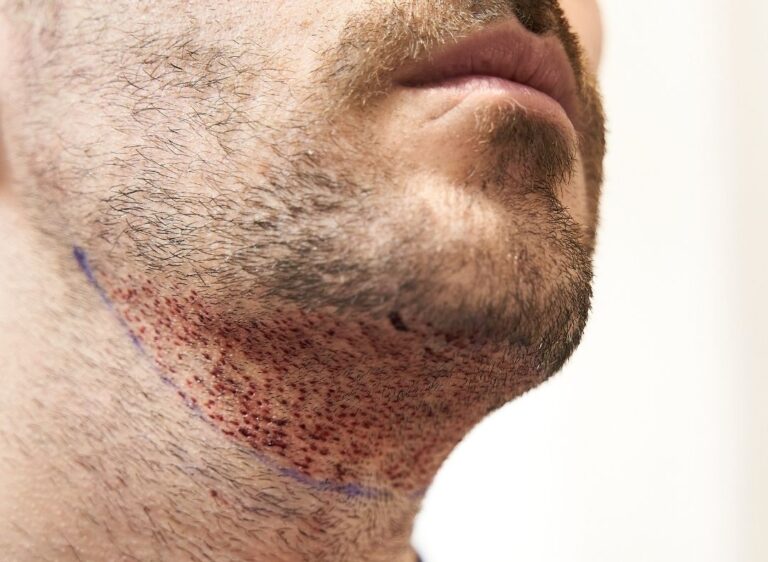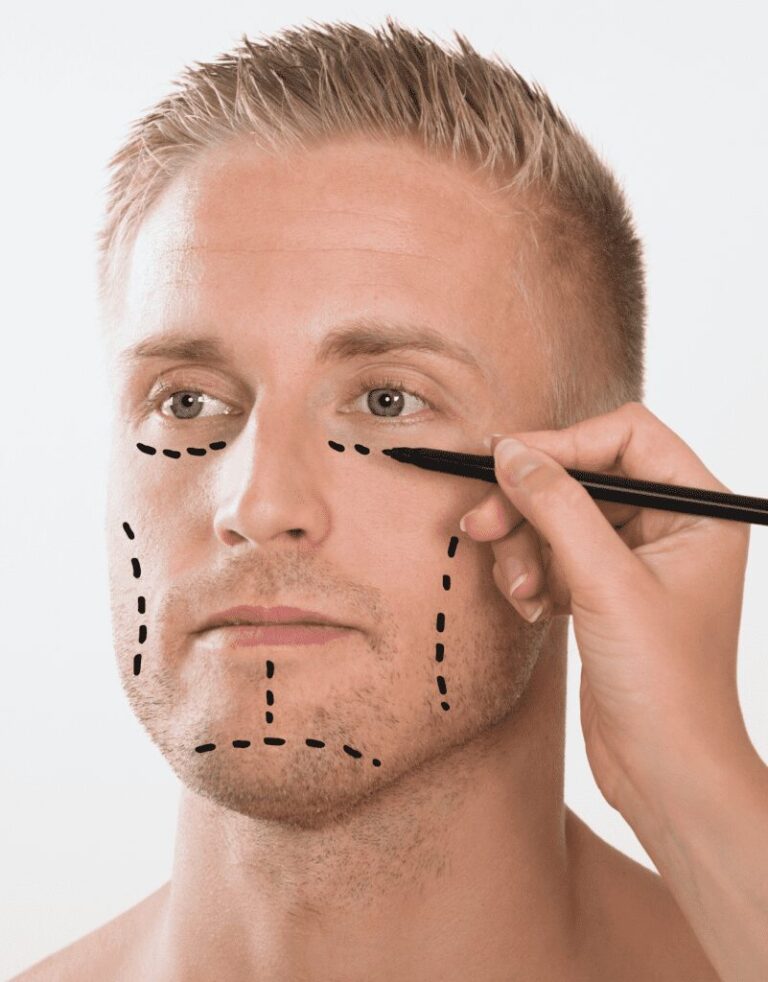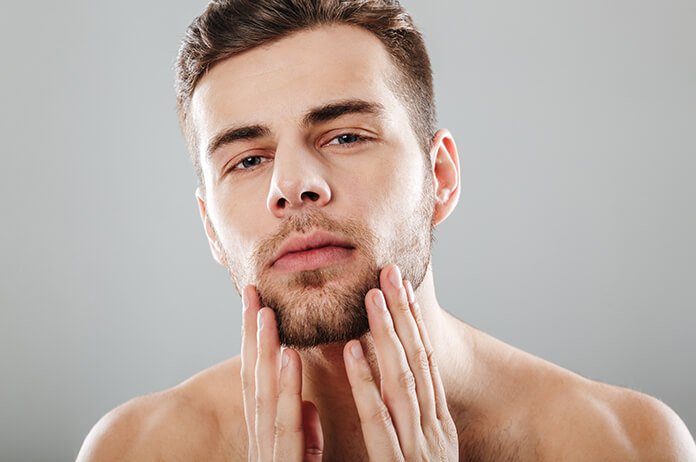Does Testosterone Cause Hair Loss in Men?
Studies have shown a potential link between testosterone and hair loss, specifically the hormone’s derivative, dihydrotestosterone (DHT). However, it’s a bit more complicated than simply saying testosterone leads to baldness. Male pattern baldness is incredibly common, and there are a multitude of factors at play in its etiology—genetics, lifestyle, and, of course, hormones.
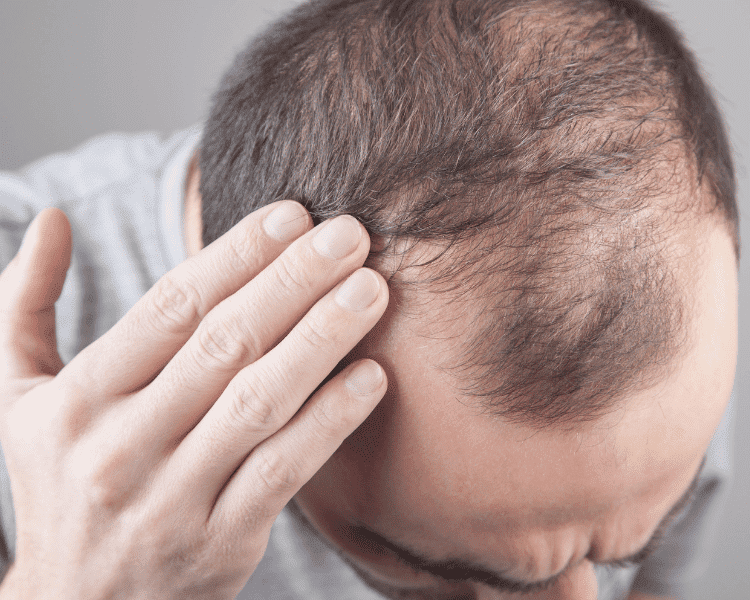
Here’s a deep dive into the interconnection between testosterone and hair loss, the different forms and functions of testosterone, why baldness occurs, genetic influences, and common treatments for addressing male pattern baldness (MPB) and female pattern hair loss (FPHL).
Debunking Myths
The misconception that balding men possess high testosterone levels is just that—a fallacy. Men with MPB may actually have lower levels of circulating testosterone but higher amounts of the enzyme responsible for turning it into DHT.
Hormones and Hair: Unpacking the Relationship
Hair loss is a touchy subject for many individuals, especially men. And when testosterone, the quintessential male hormone, is thrown into the mix, the concern is understandable.
The first step in understanding the relationship between testosterone and hair loss is to break down the complexity of hormones in the human body.
The Forms of Testosterone
Testosterone, often associated with masculinity, muscle mass, and libido, is a key player in the endocrine system. But here’s the twist: not all forms of testosterone are implicated in hair loss.
- Free Testosterone: The most active form of the hormone, free testosterone is not bound to proteins in the bloodstream.
- SHBG-Bound Testosterone: Conversely, the majority of testosterone in the body is bound to sex hormone-binding globulin (SHBG), which means it’s less available for physiological actions.
- DHT: A potent byproduct of testosterone conversion, DHT is made from testosterone with the help of an enzyme. It’s this sneaky molecule that’s often the culprit in hair loss scenarios.
The Bald Truth About Testosterone and Genetic Predisposition
Male pattern baldness (MPB) is the most common type of hair loss in men, typically characterized by a receding hairline and balding on the top of the head. The culprit, DHT, binds to hair follicle receptors and shrinks them, making it impossible for healthy hair to survive.
Who is Guilty for your Hair Loss: Genes
The hereditary aspect of hair loss is significant. Those with a family history of baldness from either side are more inclined to experience it themselves. The key lies in your genetic makeup:
- AR Gene: Responsible for making the receptors on hair follicles that interact with DHT. If your version of this gene is particularly sensitive, a domino effect can lead to hair loss.
- Age and Other Factors: While genetics sets the stage, age and stress can certainly pull the strings. They can either exacerbate or delay the onset and progression of hair loss.
Testosterone and Hair Loss in Women
Women aren’t exempt from the testosterone-hair loss dance. Androgenetic alopecia can manifest in a somewhat different pattern with slower and often less pronounced hair thinning, but it’s rooted in a similar cause—hormonal imbalance.
- Patterns of Hair Loss in Women: Unlike the M or U-shaped patterns associated with MPB, women often experience a diffuse thinning of hair, starting at the part and gradually spreading across the scalp.
Treatments for Androgenetic Alopecia
Thankfully, there are methods to stave off the effects of excessive DHT on your locks. From medications to lifestyle changes, here’s what you can do to address the issue of hair loss:
- Drug Therapy: Medications like finasteride, which were primarily developed to treat prostate enlargement, can also help those struggling with MPB by blocking DHT production.
- Hair Transplants: A more invasive option, hair transplant surgery moves hair follicles from areas with typically dense hair growth to those that have become barren.
- Lifestyle Adjustments: Though the efficacy of these adjustments is somewhat limited, maintaining a healthy diet, managing stress and staying away from vices can all play a role in overall hair health.
Last Words from the More Clinics
Understanding the role of testosterone and its derivatives in hair loss is crucial for determining the right approach to managing the condition. While testosterone itself isn’t the sole criminal in the case of shedding locks, its conversion to DHT, under the influence of your genetic blueprint, can certainly tip the scales towards baldness. By opting for the right combination of treatments and perhaps a sprinkle of genetic fortune, you can take control of your hair’s destiny and tackle the often-intricate relationship between testosterone and keeping your crown intact. Contact us now and lets us schedule your Free Consultation today!
GET A FREE CONSULTATION!
Let’s Start Planning Your Treatment %100 Guarantee Results.
